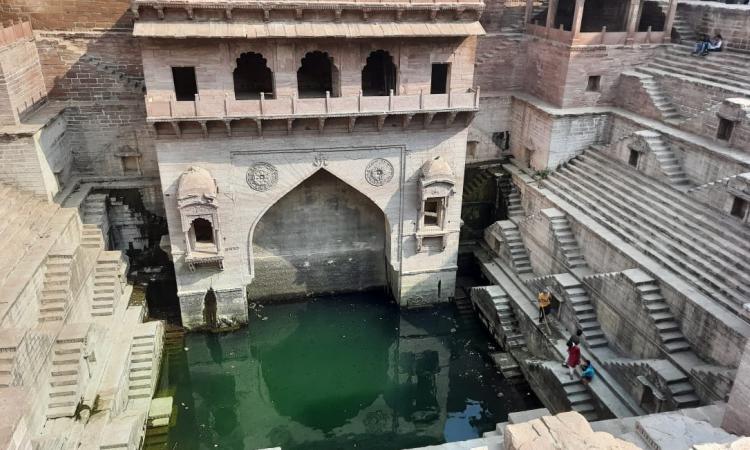
It has been four years since Anupam Mishra Ji, the stalwart environmentalist who had worked his entire life promoting the water harvesting techniques of Rajasthan, left. In his book, Anupam Ji extensively talks about how the water tankas (structures) were historically valued by the communities and were maintained regularly and governed through community participation.
The governance of these structures was once delegated to different caste groups. In Rajasthan, there were skilled communities who were experts at finding the sites for digging of trenches to create a nadi (ponds). Once the ponds and tankas were constructed, it was the responsibility of another community to guard it and govern its usage and maintain its cleanliness.
While Anupam Ji has brought forth the ingenuity of water harvesting techniques and how communities have managed and maintained them through his work, these practices sadly seem to be fading in recent years.
Traditional water harvesting structures: Dying a slow death
A look at some of the existing water resources from the major cities of Rajasthan like Jodhpur, Jaisalmer and Udaipur reveals that most of them that once held a position of royalty and architectural brilliance, are now in a sad state.
Jodhpur district was once considered as the city of bawris (stepwells). The royal bawris that were constructed through community participation continued to be used by the city dwellers. Till the 1950s, Jodhpur’s water demand was fulfilled by these resilient interconnected ‘systems’ that could harvest rainwater. It is said that there were approximately 48 bawris and 8-10 jhalaras around the city. With the introduction of the Indira Gandhi Canal however, the city dwellers now feel that the city’s water demand is adequately fulfilled by the canal and they and the local authorities have gradually started ignoring these structures.
Bawris like Toorji ka Jhalara, Jalechi Jhalara and many others are left abandoned with very a tourists coming to view them. Some of the infamous jhalaras are now been taken up by the municipality department of Jodhpur.
Veera Ram, a worker from the department mentions, “Every day we jhadu (broom) the stairs of the jhalara to keep it clean. Many foreigners visit here, but the water is not used for any purpose now”. He adds, “the water is barely cleaned as it requires a lot of effort to do so”.
The workers appointed by the department have been allotted the maintenance of several jhalaras and bawris. Since no community living close to the structure is consulted or engaged, the residents lack interest in maintaining the structures on their own.
“We have no use of these bawris for water now, they mostly serve as a tourist attraction” says Jyoti Devi, a resident near Toorji ka Jhalara. Lack of usage or governance rights have led to the disuse of this sophisticated structure.
Talking about the community’s detachment towards these structures, Ehsan Ali, a rangrez (now an auto driver) from Jodhpur adds, “Earlier, the water from the connected bawris and jhalaras was enough to meet the thirst of the city. Now the city is purely dependent on Kalyana lake for its needs''. Kalyana lake also gets some of its water from the Indira Gandhi canal itself.
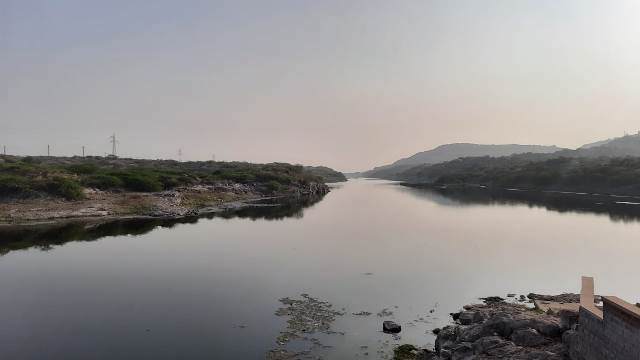
Balwant Ram, a rearer by occupation further adds, “The city now cannot manage the water, we have excess of water and now it floods in some of the areas and the jhalaras have become more dirty and filthy because of this”.
A report by the Ministry of Water Resources, Central Ground Water Board (CGWB) also indicates how Jodhpur is facing the problem of rising groundwater levels due to flooding.
The golden city of Jaisalmer stands equally disrupted in terms of water management. Once, this city was hailed for its community contribution in making several wells in the fort area. Jaisalmer had one well in each colony inside the fort. The Krishna well was considered as one of the oldest of all and had several mythological associations with it.
Vibhuti Goyal, a shop owner in the fort claims, “Earlier, Krishna well had the sweetest of water. However, people have stopped drinking this water since the last 25 years or so”.
Now, the well stands in a dilapidated condition, Many other such wells or water tankas are sealed or have been converted for different purposes now.
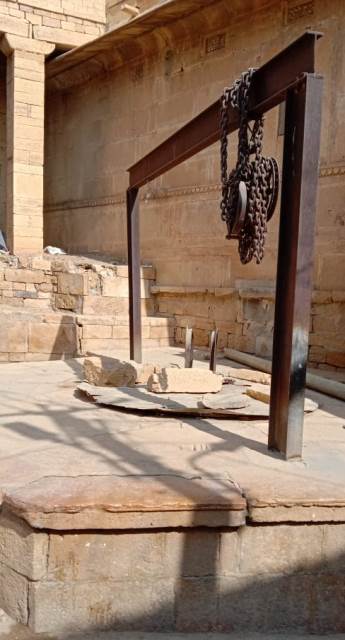
Gadisar lake, which once used to serve as a major water source for Jaisalmer city has now turned into a site for tourists to enjoy boating. The water from the lake however is still used for drinking after being subjected to treatment. One of the regular visitors to the lake Giridhar Chaturvedi (name changed) says, “Most of the boatmen here in Gadisar are from lower castes who are responsible for the current state of the lake". However, many also believe that blaming any particular group for the current state of the lake only serves the purpose of averting the responsibility of taking ownership of the lake by the administration and the community.
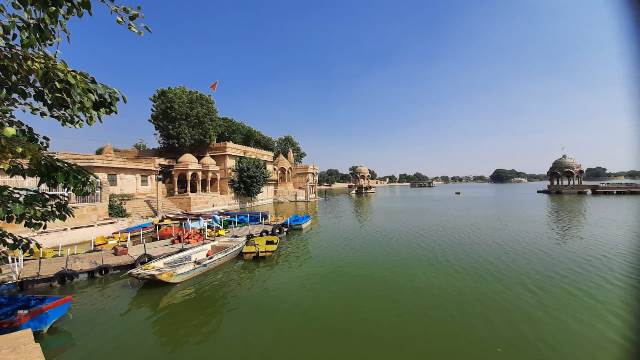
Like Jaisalmer and Jodhpur, Udaipur, the city of lakes too was in the news a year ago for the severe water crisis that its residents faced. The city, which once boasted of having about 100 bawris that helped sustain the water demand of its residents is now sadly neglecting them and turning them into garbage dumps. Even the lakes which beautify the city are in a diseased state, bearing the pressure of algal blooms and excessive tourist influx.
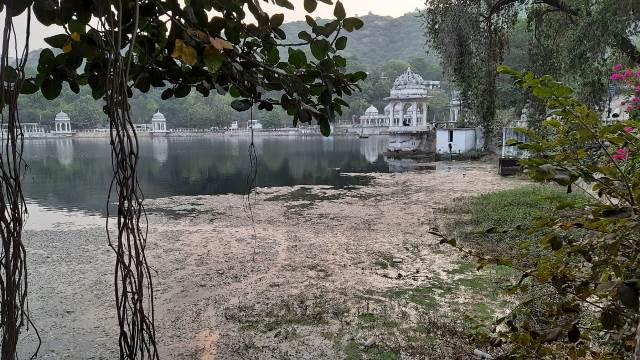
Reviving Rajasthan's golden history of resilience and survival in the face of water scarcity
The state of most of the bawris, jhalaras across the major cities of Rajasthan has fast deteriorated. Lack of community participation in their maintenance and absence of local governance has left them in an undesirable condition. The state, which was known for its unique water harvesting structures is now experiencing a gradual death of these structures.
It is time the residents of these cities and local governance units come together and initiate a dialogue around the condition of the bawris and jhalaras and save these structures from being erased from Rajasthan’s golden history.
Rituja Mitra is a Research Consultant working with an NGO in Rajasthan. Her interests lie in looking into issues of water sustainability and pastoralism. She can be reached at rituja.mitra18_dev@apu.edu.in